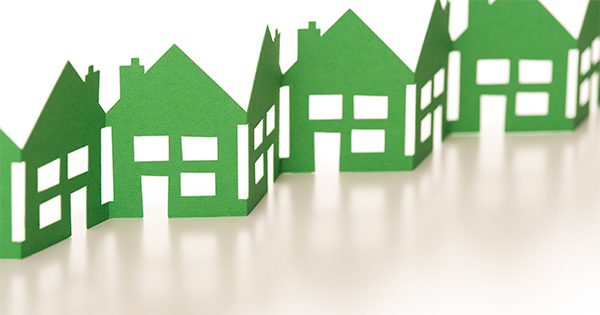
The Census recently released their 2015 Q1 Homeownership Statistics, and many began to worry that Americans have taken a step back from the notion of homeownership.
The national homeownership rate (Americans who owned vs. rented their primary residence) increased significantly during the housing boom, reaching its peak of 69.2% in 2004. The Census Bureau just reported the first quarter of 2015 ended with a homeownership rate of 63.7%. Many reported on this and began to question Americans’ belief in the ideal of homeownership as a major part of the American Dream.
Everyone Calm Down…
It is true the homeownership rate has fallen over the last several years. However, if you look at the national rate over the last 30 years (1984-2014), you can see that the current homeownership rate has returned closer to historic norms. The 63.7% rate is less than a percentage point under the rate in 1985 and 1995.
What Will the Future Bring?
In a Housing Wire article this week, Ed Stansfield who manages the housing market research at Capital Economics said:
“The homeownership rate fell further at the start of the year to a 22-year low of 63.7. However, with credit conditions now loosening and employment set to continue growing strongly, we suspect this long downward trend may not last for much longer.”
In the same article referenced above, Jonathan Smoke, chief economist forrealtor.com, explained why the homeownership rate will probably begin to increase:
“The homeownership rate is likely to bottom this year or next not far from where we are now. By historical patterns, the rate could indeed go up. The simple math behind what it costs to rent versus buy shows that if you can afford the down payment and qualify for a mortgage, it is cheaper to buy rather than rent in 80% of the counties in the US now.”
Bottom Line
With interest rates and prices still below where experts predict, perhaps we should get together and evaluate your ability to purchase a home.

